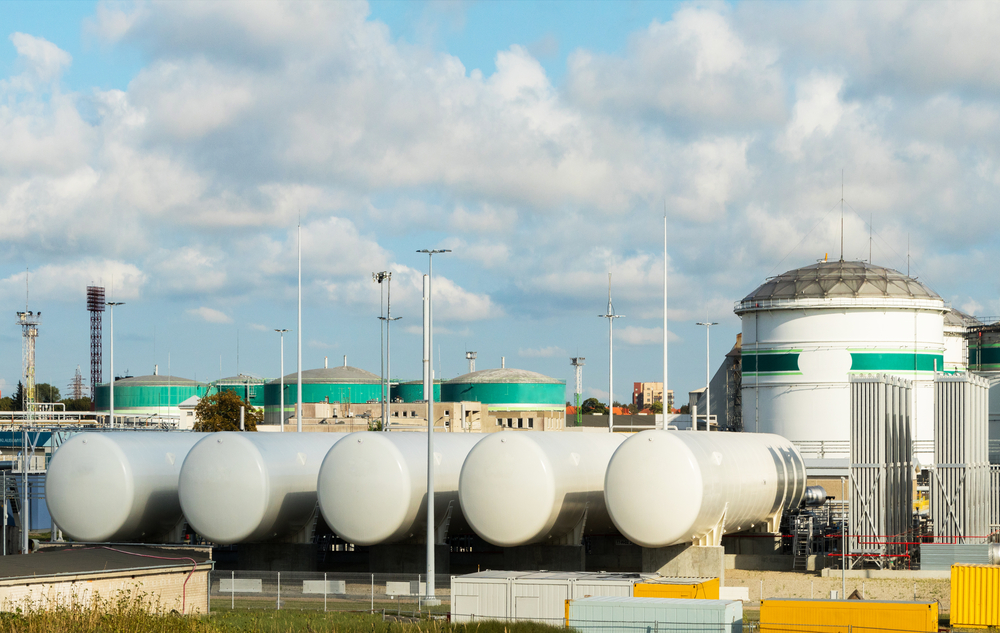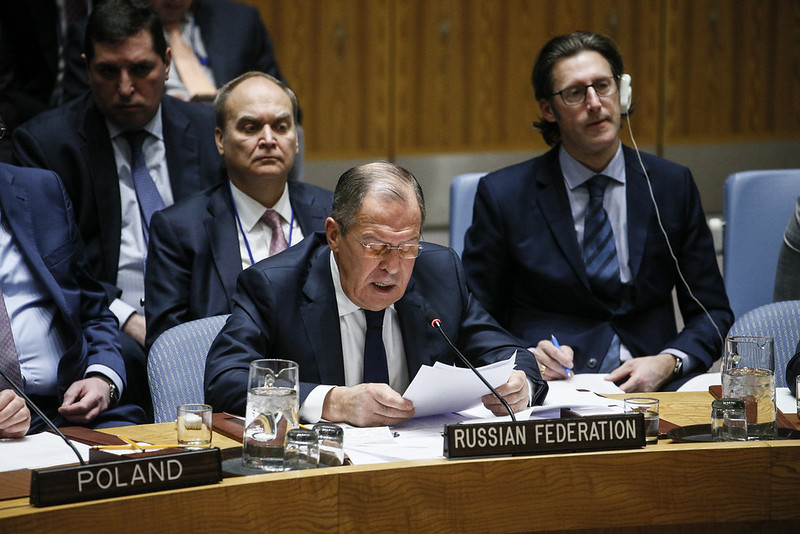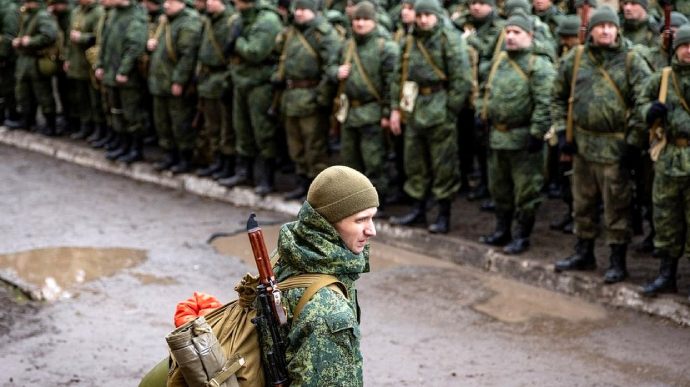The ghost of a nuclear war is omnipresent when talking about Russia's war against Ukraine. The nuclear issue has also come up amid the recent internal-Russian military aggressions. These include incidents when anti-Putin Russian fighters crossed the border into the Belgorod Oblast amid the alleged evacuation of a nuclear storage site in late May, and the armed rebellion of Yevgeny Prigozhin and his Wagner PMC prepared to seize nuclear facilities along their path, as per two reports.
In a recent publication in Jamestown Foundation
, Pavel Luzin delved into the issue of whether controlling Russia's nuclear arsenal is possible and found that it has a bottleneck: the manufacturing facilities, or the nuclear weapons industrial base of Rosatom that employs about 90,000 personnel. Five cities make up this complex today, Luzin writes:
- Ozersk (population of about 89,000)
- Snezhinsk (about 52,000) in Chelyabinsk region
- Trekhgorny (about 33,000) in Chelyabinsk region
- Lesnoy (50,000) in Yekaterinburg region
- Sarov (96,000) in Nizhny Novgorod region.
"Every Russian nuclear warhead needs to be delivered to a manufacturing facility at least every 12 to 15 years for maintenance. This means that the nuclear industrial base is the key for regular maintenance of the Russian nuclear arsenal—and without this system, the nuclear warheads would cease to be operable," Luzin writes.
The geographic proximity of these strategic locations, their sparsely-populated territory, and road connection to Kazakhstan "may hypothetically become a solution for managing the Russian nuclear issue in the future if events begin to unfold according to the worst-case scenario," Luzin writes.
However, the general geography of Russia's nuclear storage facilities and delivery systems is spread out vastly, centered around 12 central storage facilities subordinated to the 12th Chief Directorate of the Ministry of Defense:
- Belgorod-22
- Bryansk-18
- Irkutsk-45
- Khabarovsk-47
- Komsomolsk-na-Amure-31
- Lesnoy (formerly Sverdlovsk-45)
- Mozhaisk-10
- Olenegorsk-2
- Saratov-63
- Trekhgorny (formerly Chelyabinsk-70)
- Vologda-20
- Voronezh-45
Related:
- Wagner coup prepares to seize nuclear weapons depots – partisan movement
- Wagner coup was months in the making, Russia’s loss of nuclear control possible – Gulagu.net
- Russia deploys the first batch of nuclear weapons to Belarus – Reuters
- Russia mined Zaporizhzhia nuclear plant’s cooling system – Budanov
- “We must win so that no dictator can blackmail neighbors with nuclear weapons,” Ukraine’s First Lady at Asian Leadership Conference





